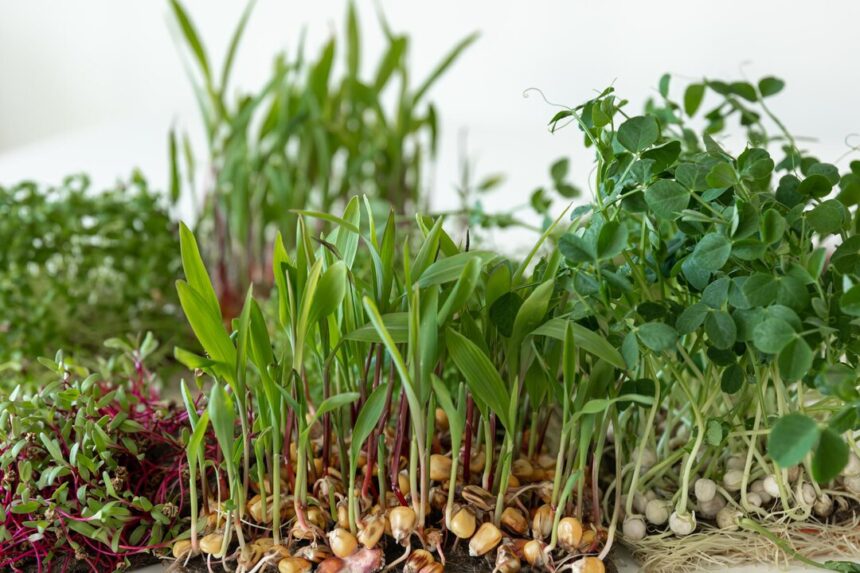Starting seedlings is an exciting and essential step in the journey of growing plants, whether you’re a seasoned gardener or just starting out. However, it’s easy to make mistakes that can hinder the growth and development of your seedlings. In this article, we’ll discuss five common mistakes to avoid when growing seedlings to help you achieve success in your gardening endeavors.
- Overwatering:
One of the most common mistakes novice gardeners make when growing seedlings is overwatering. While seedlings need moisture to germinate and grow, excessive watering can lead to waterlogged soil, root rot, and damping-off disease. It’s essential to strike a balance and provide just enough water to keep the soil moist but not soggy. Before watering, check the soil moisture level by inserting your finger into the soil. If it feels damp, wait until the top inch of soil dries out before watering again. - Insufficient Light:
Inadequate light is another common mistake that can stunt the growth of seedlings. Seedlings require ample light to photosynthesize and develop strong stems and leaves. Placing seedlings in a location with insufficient light can result in leggy, weak plants prone to disease and pest infestations. To avoid this mistake, provide seedlings with at least 12-16 hours of bright, indirect sunlight each day. If natural light is limited, supplement with grow lights to ensure optimal growth. - Improper Temperature:
Temperature plays a crucial role in seedling development, and exposing seedlings to extreme temperatures can hinder their growth. Planting seedlings outdoors too early in the season when temperatures are still cold can cause stress and slow growth. Conversely, exposing seedlings to high temperatures can cause wilting, leaf scorching, and sunburn. To avoid temperature-related issues, start seedlings indoors or in a greenhouse where you can control the temperature until conditions are favorable for outdoor planting. - Using Poor-Quality Soil:
The quality of the soil used for seedlings can significantly impact their growth and overall health. Using soil that is too dense or compacted can impede root growth and drainage, leading to root rot and nutrient deficiencies. Similarly, using soil that lacks essential nutrients can result in stunted growth and poor plant vigor. To avoid these issues, use a high-quality seed-starting mix or potting soil that is light, well-draining, and rich in organic matter. Avoid using garden soil, which may contain pests, diseases, and weed seeds. - Neglecting Transplant Shock:
Transplant shock occurs when seedlings experience stress after being moved from one environment to another. Neglecting to acclimate seedlings properly before transplanting them into the garden can increase the risk of transplant shock and compromise their survival. To minimize transplant shock, gradually expose seedlings to outdoor conditions by hardening them off over a period of 7-10 days before transplanting. Start by placing seedlings outdoors in a sheltered location for a few hours each day, gradually increasing the duration and exposure to sunlight and wind.
Growing seedlings successfully requires careful attention to detail and avoiding common mistakes that can hinder their growth and development. By avoiding overwatering, providing adequate light, controlling temperature fluctuations, using high-quality soil, and acclimating seedlings properly before transplanting, you can set your seedlings up for success and enjoy a bountiful harvest in your garden. With patience, practice, and a bit of knowledge, you’ll be on your way to growing healthy, thriving seedlings for your garden.
Join 'Farmers Mag' WhatsApp Channel
Get the latest Farming news and tips delivered straight to your WhatsApp
CLICK HERE TO JOIN






